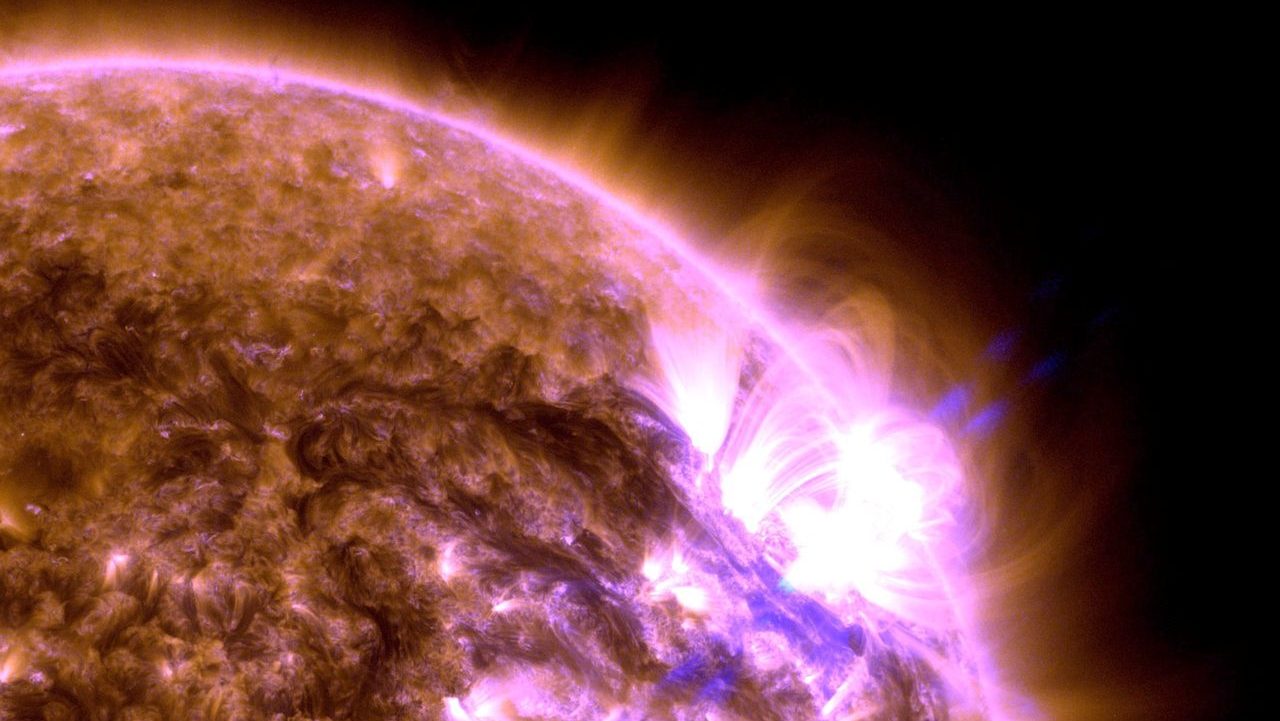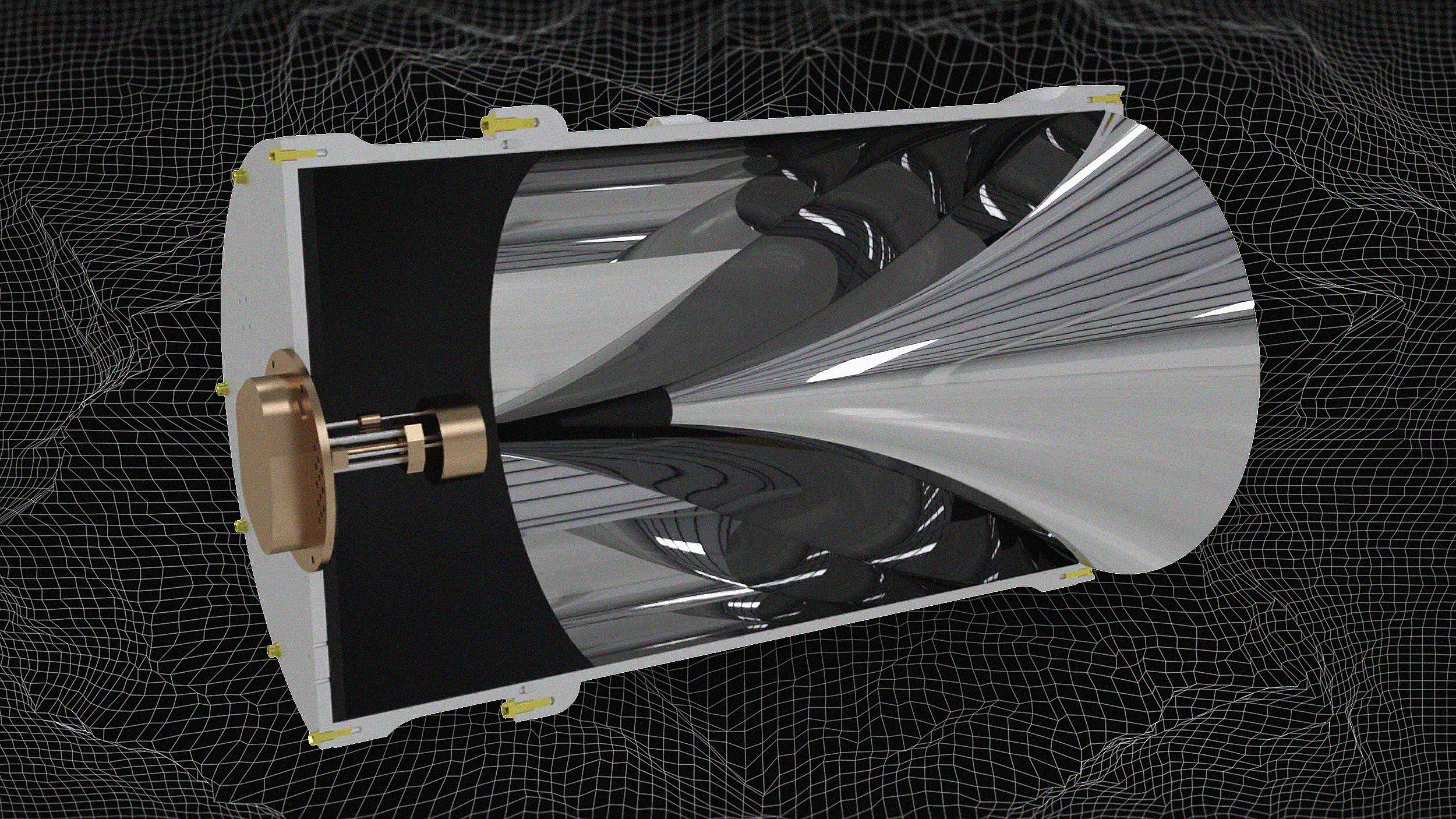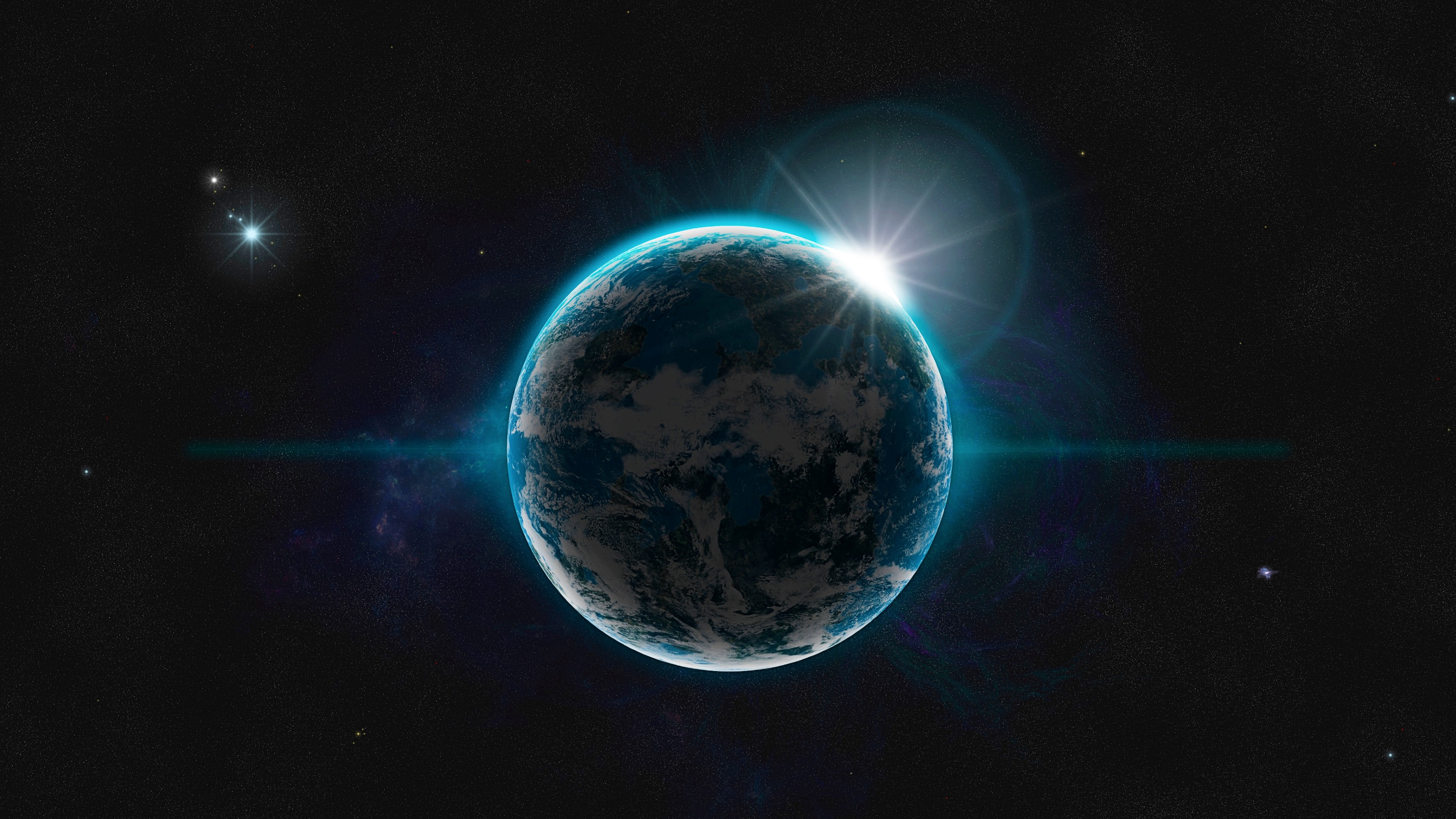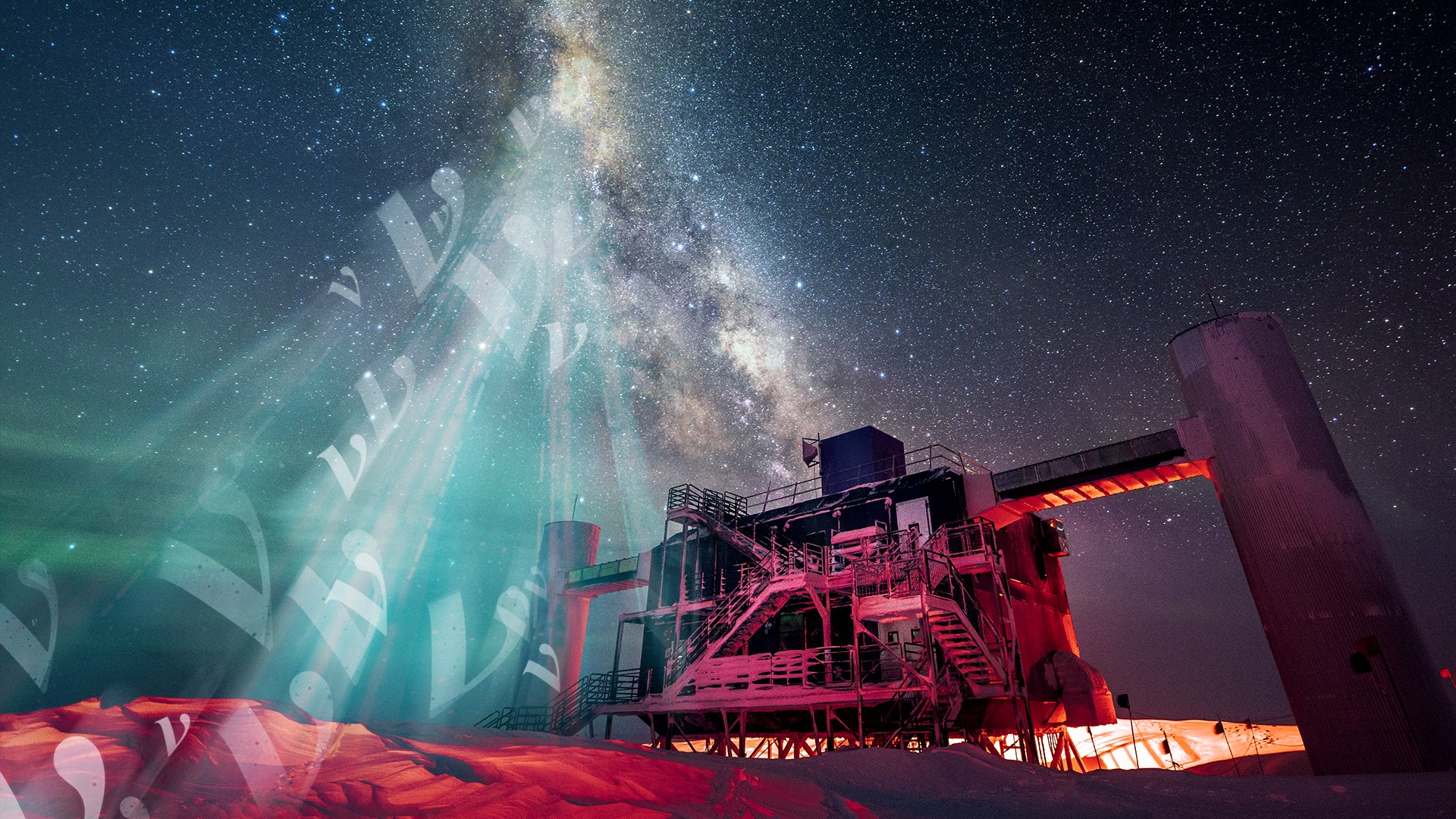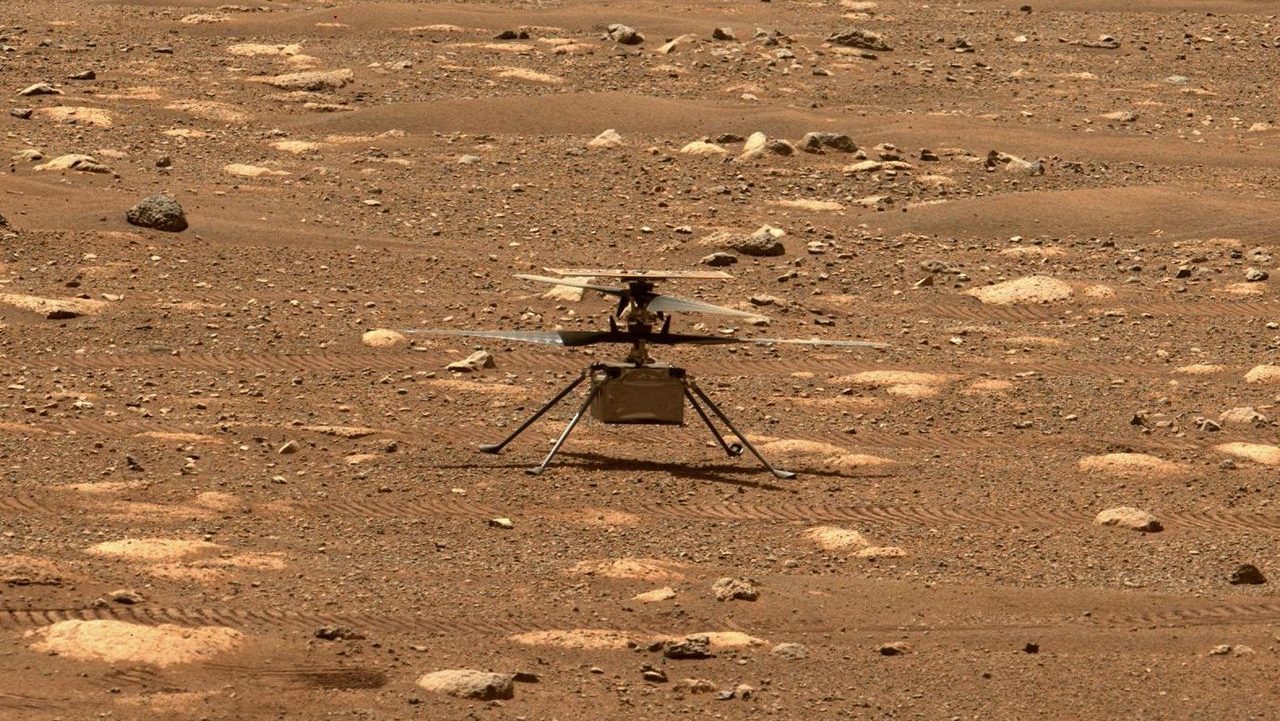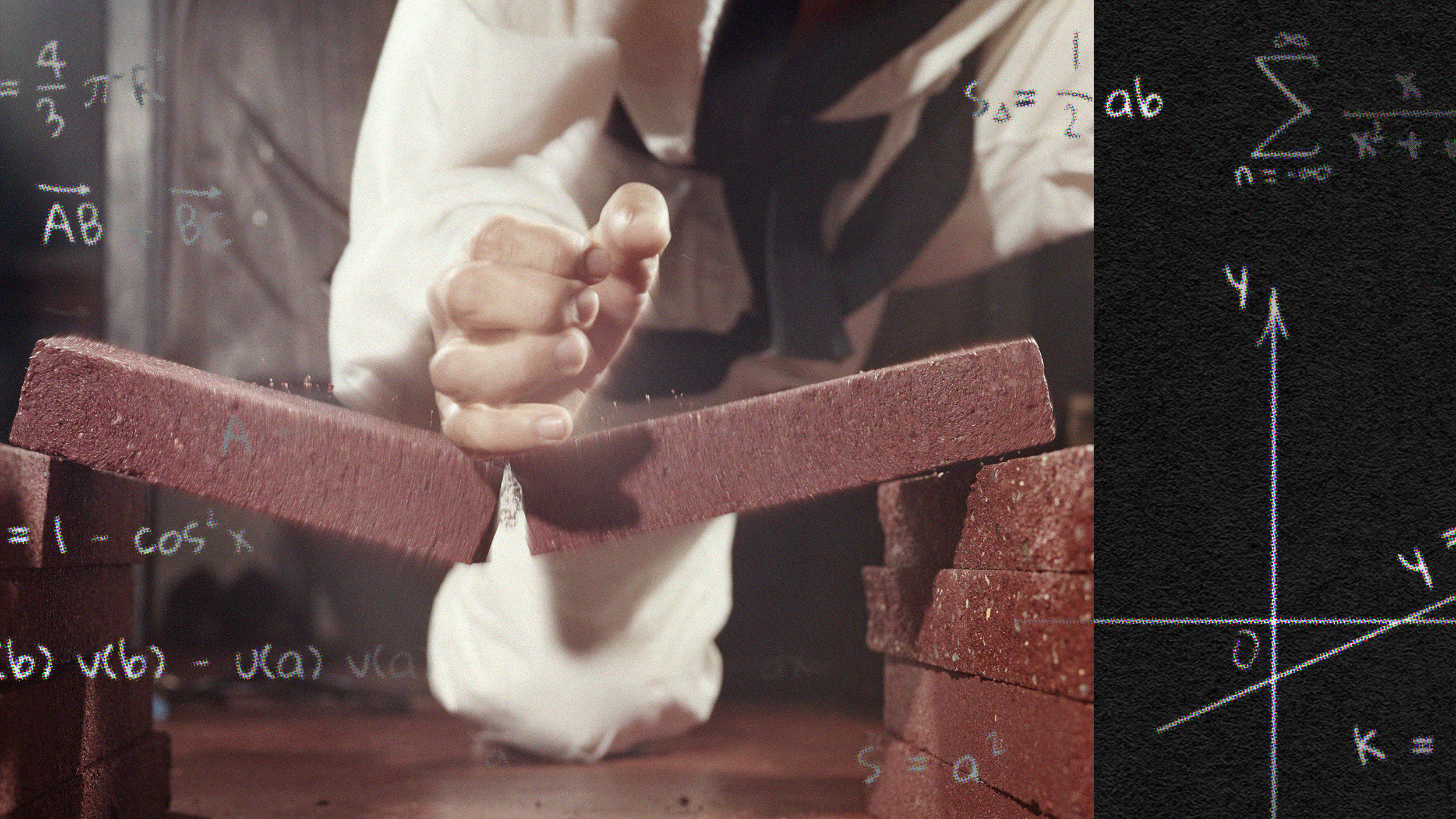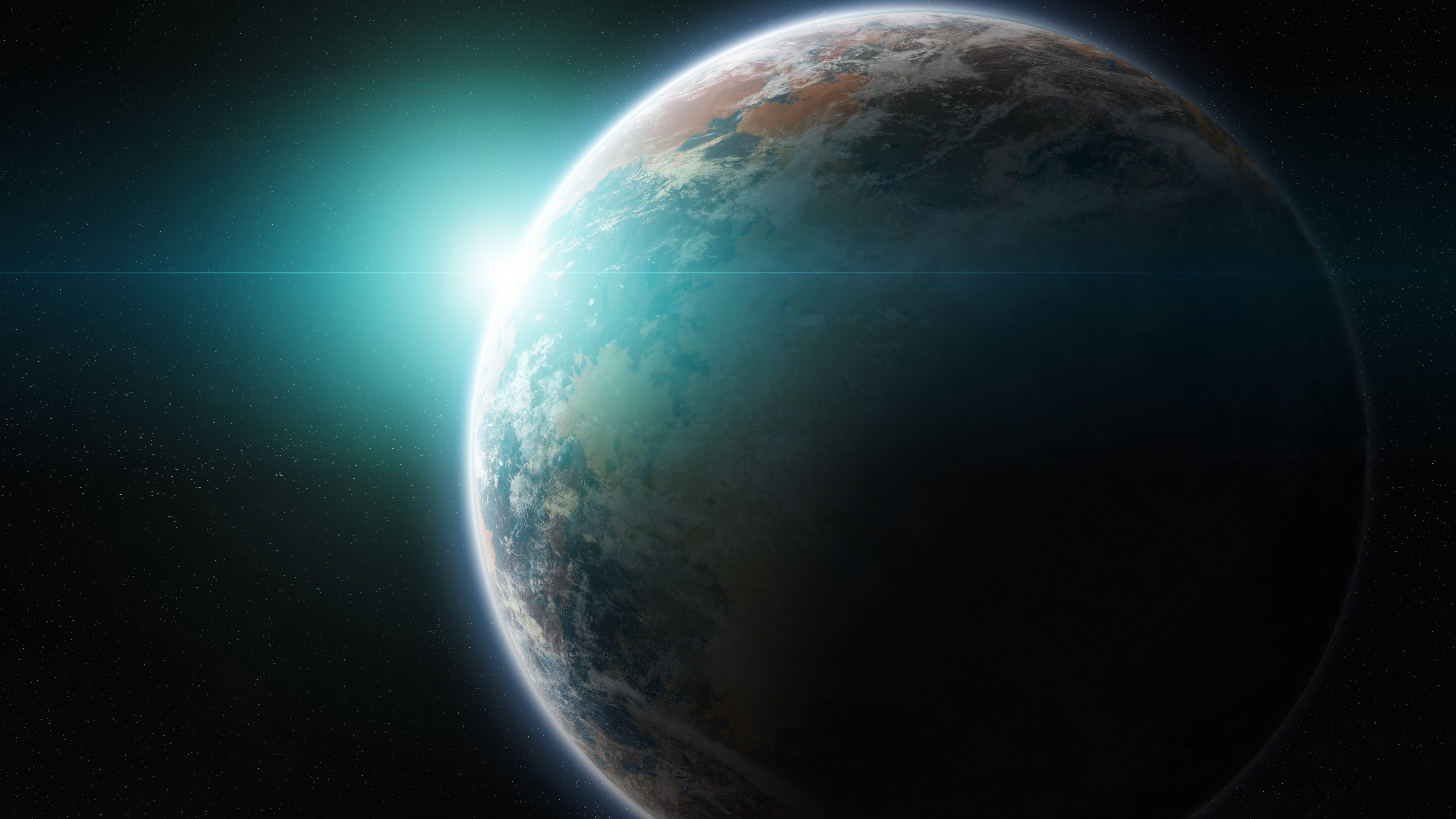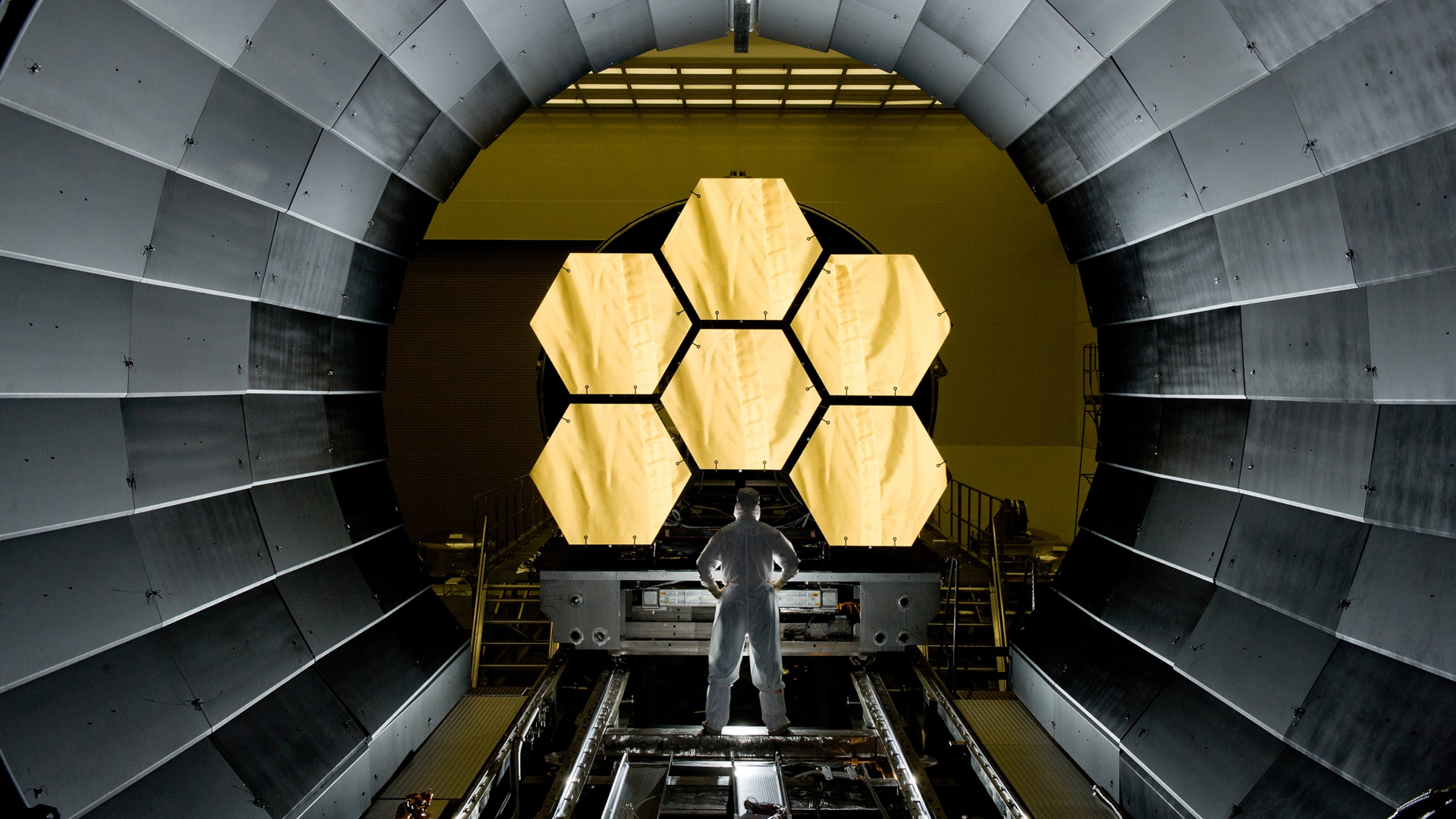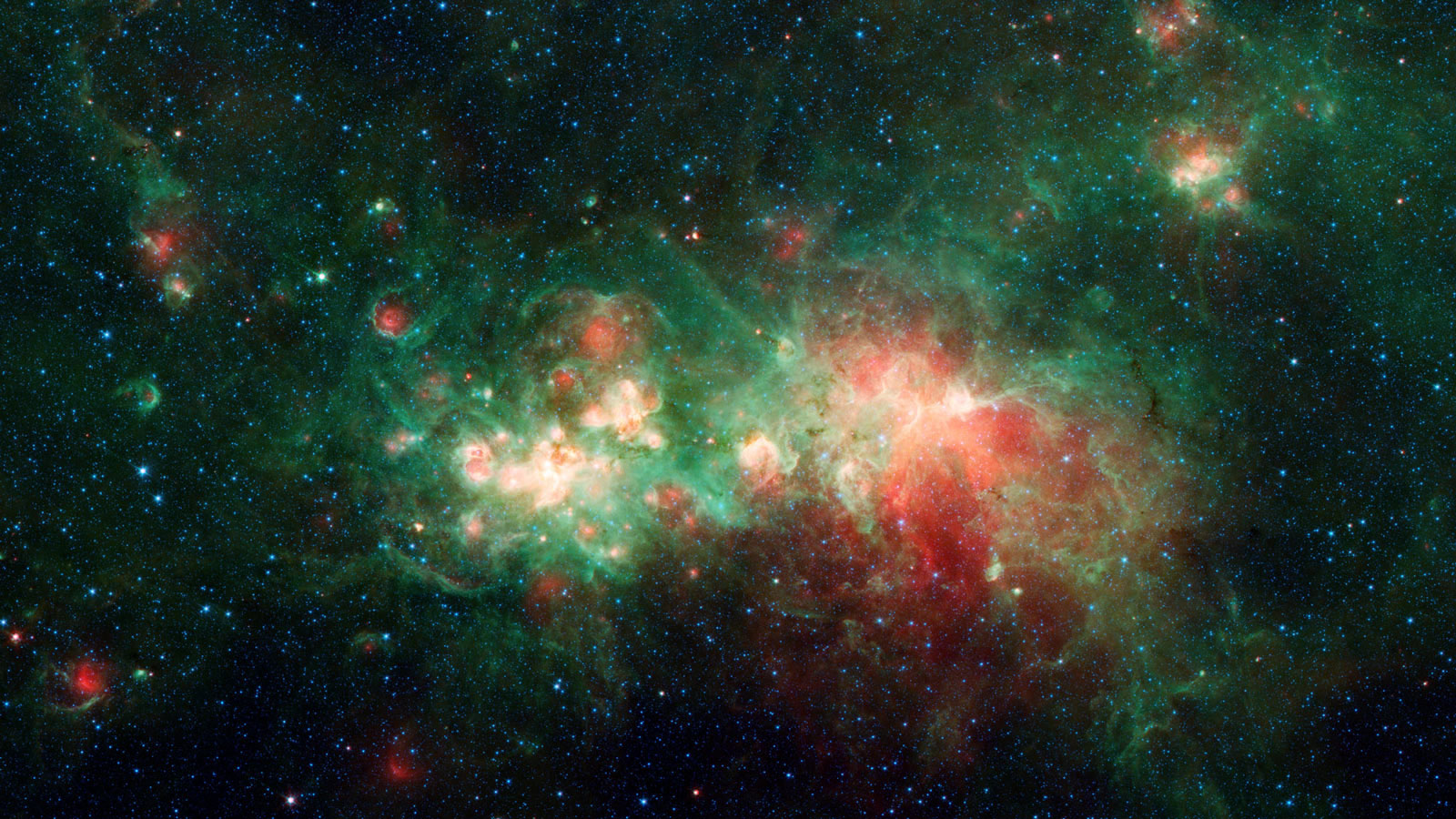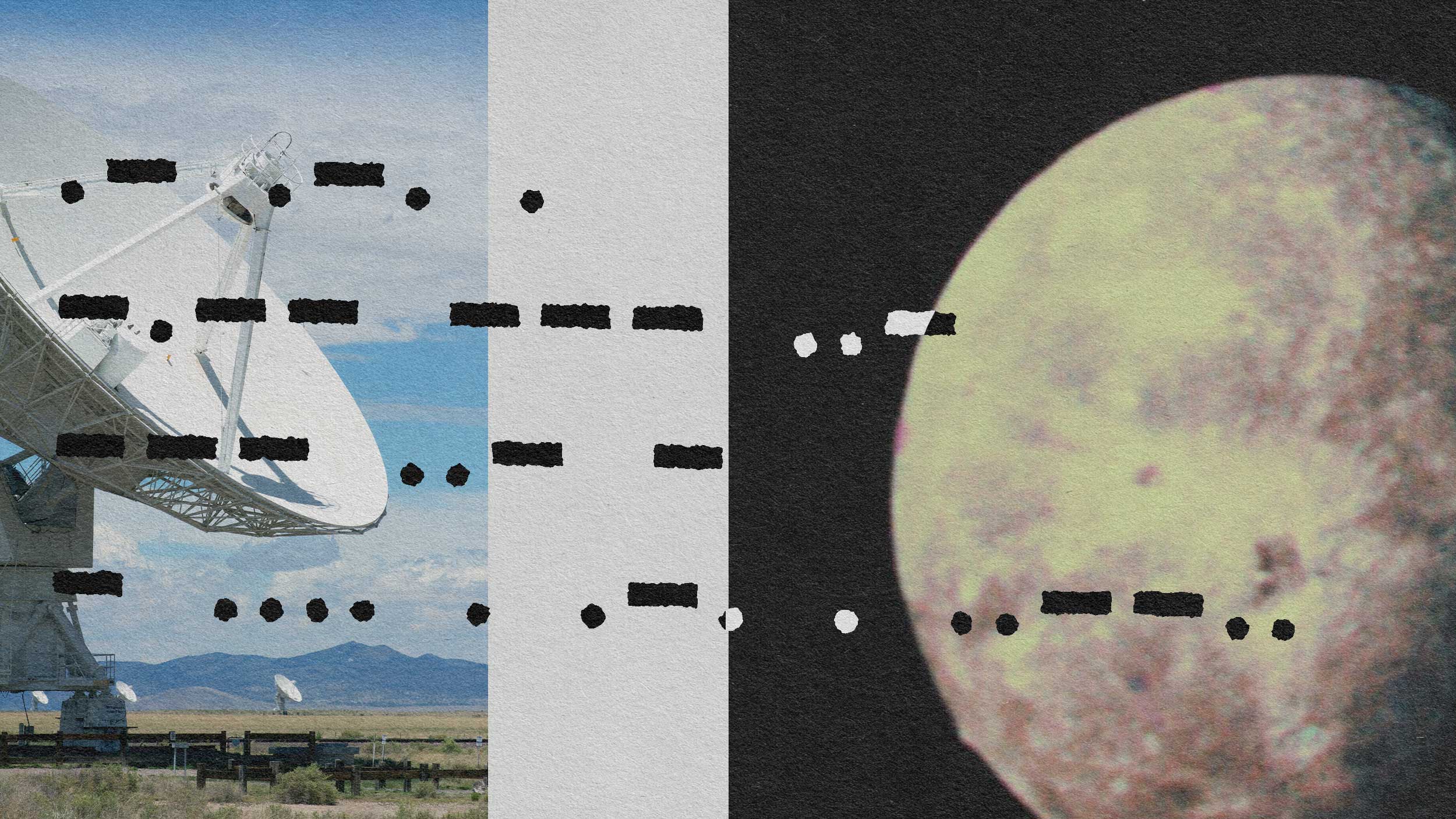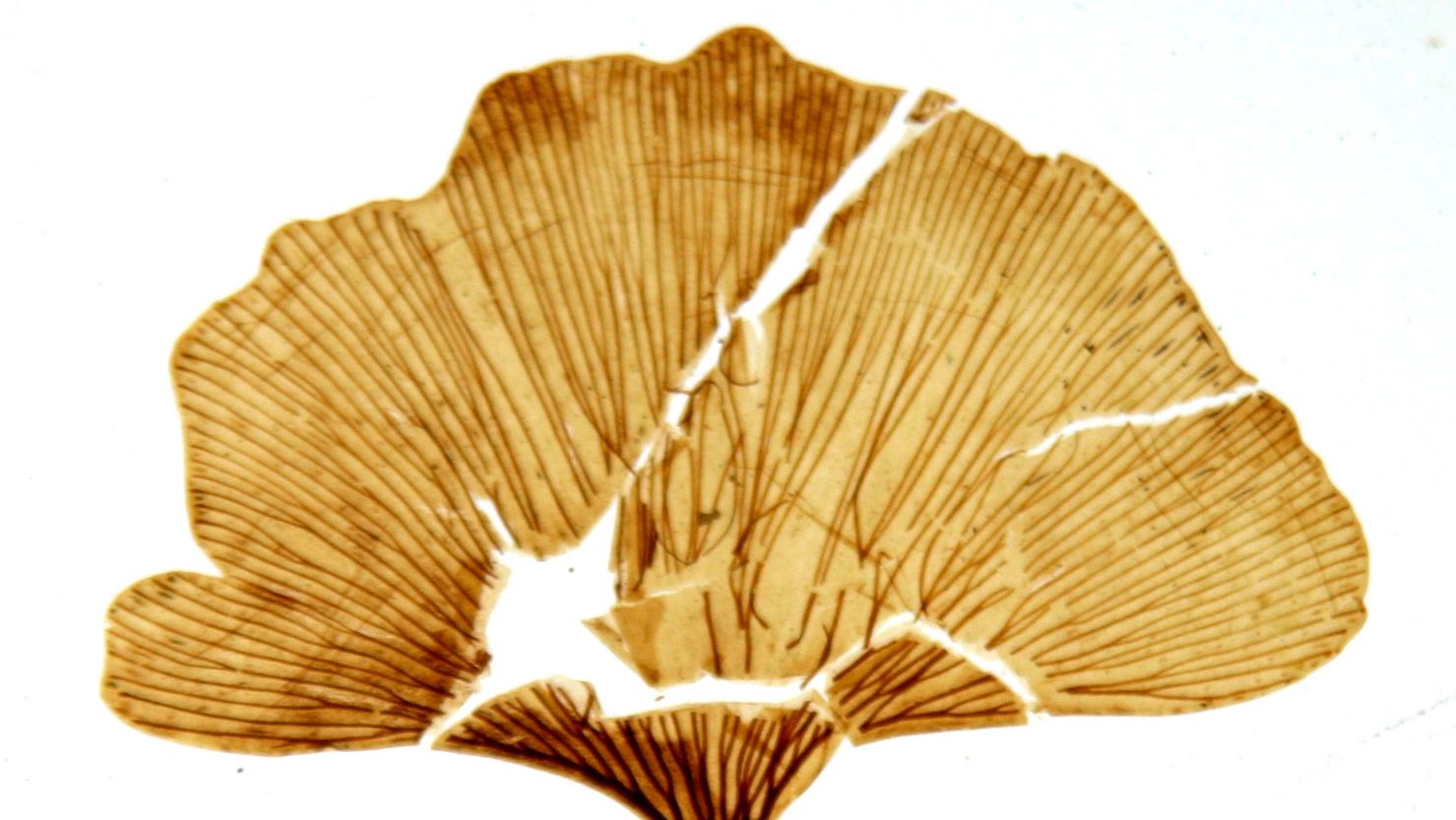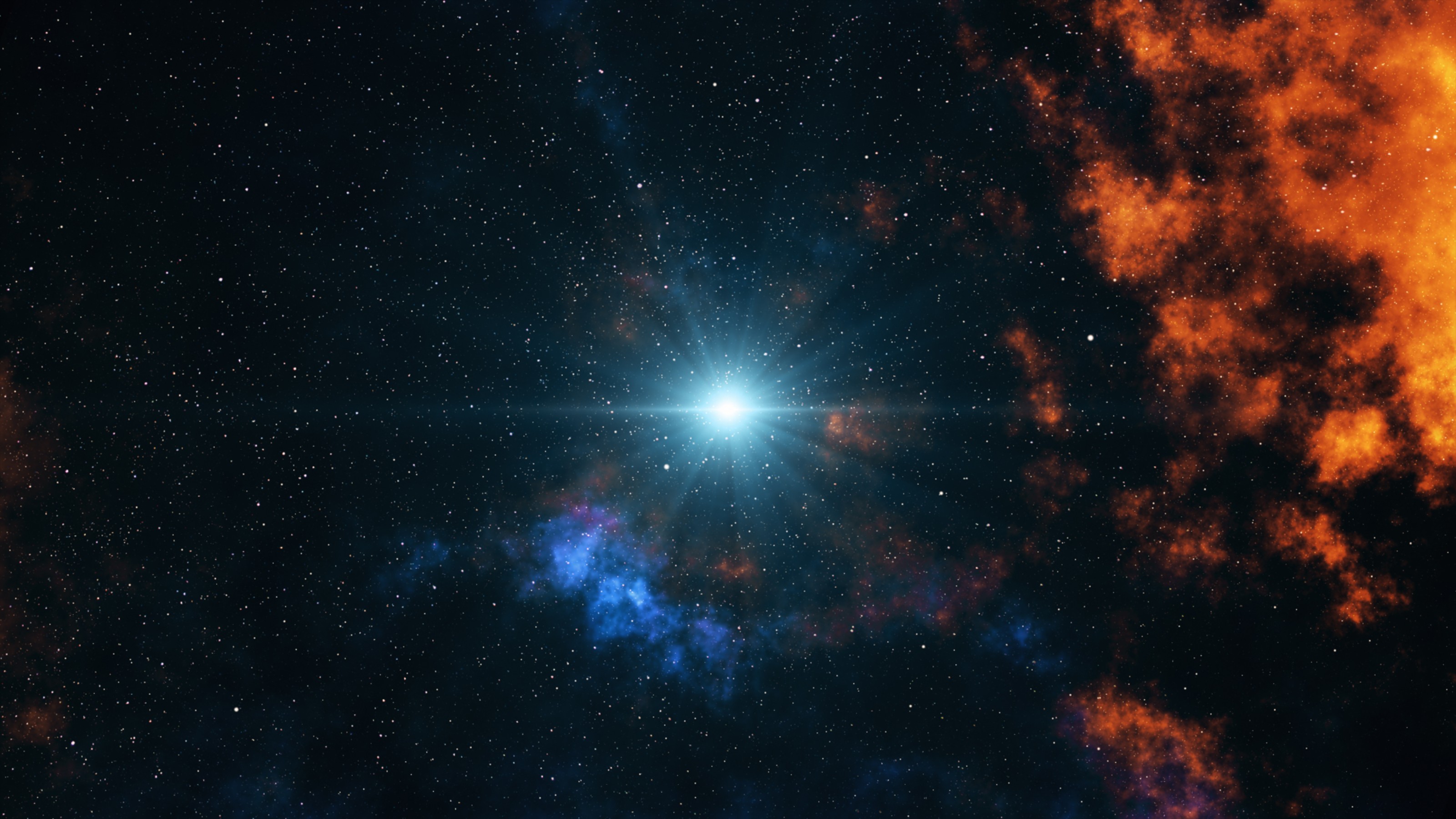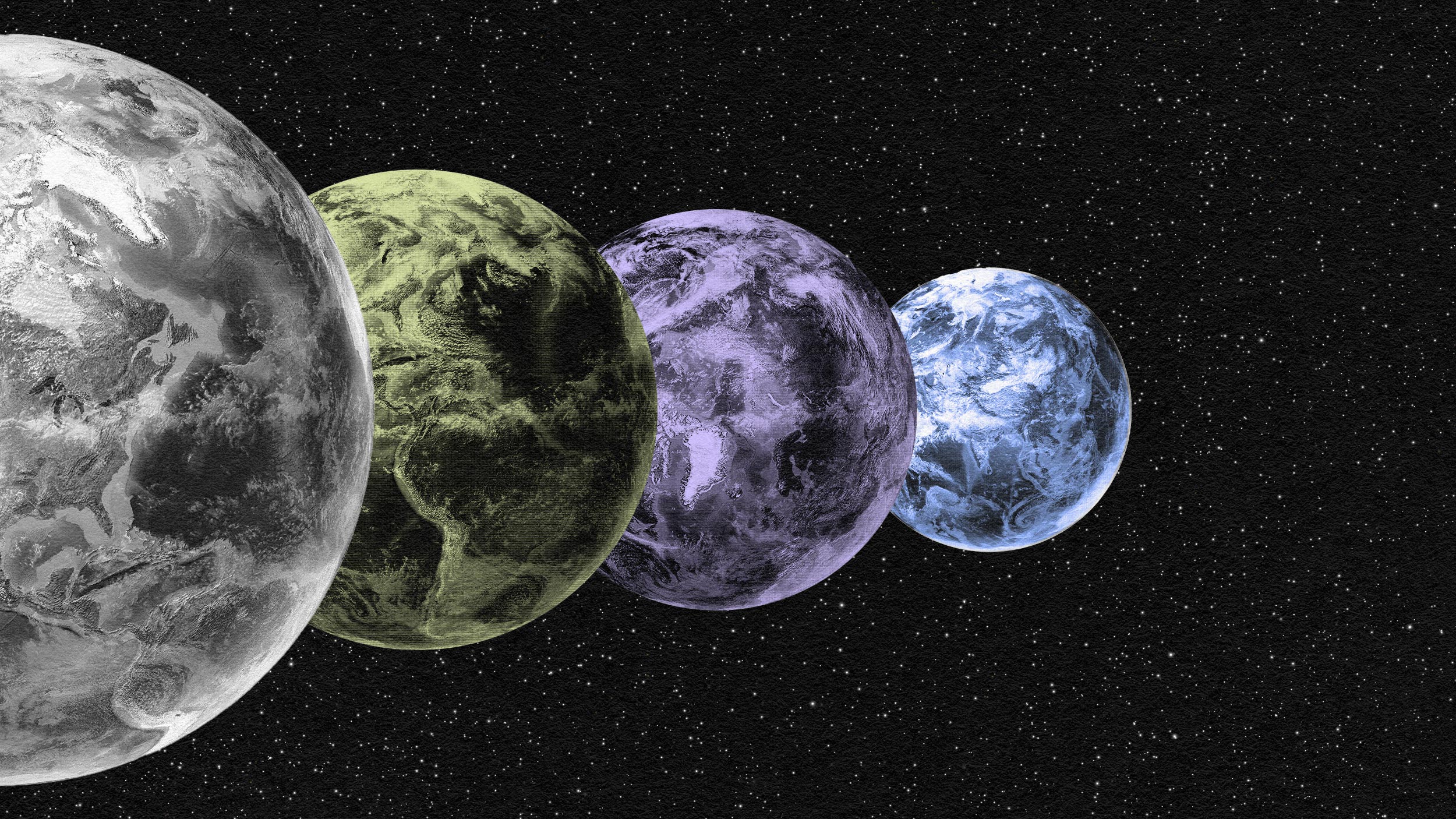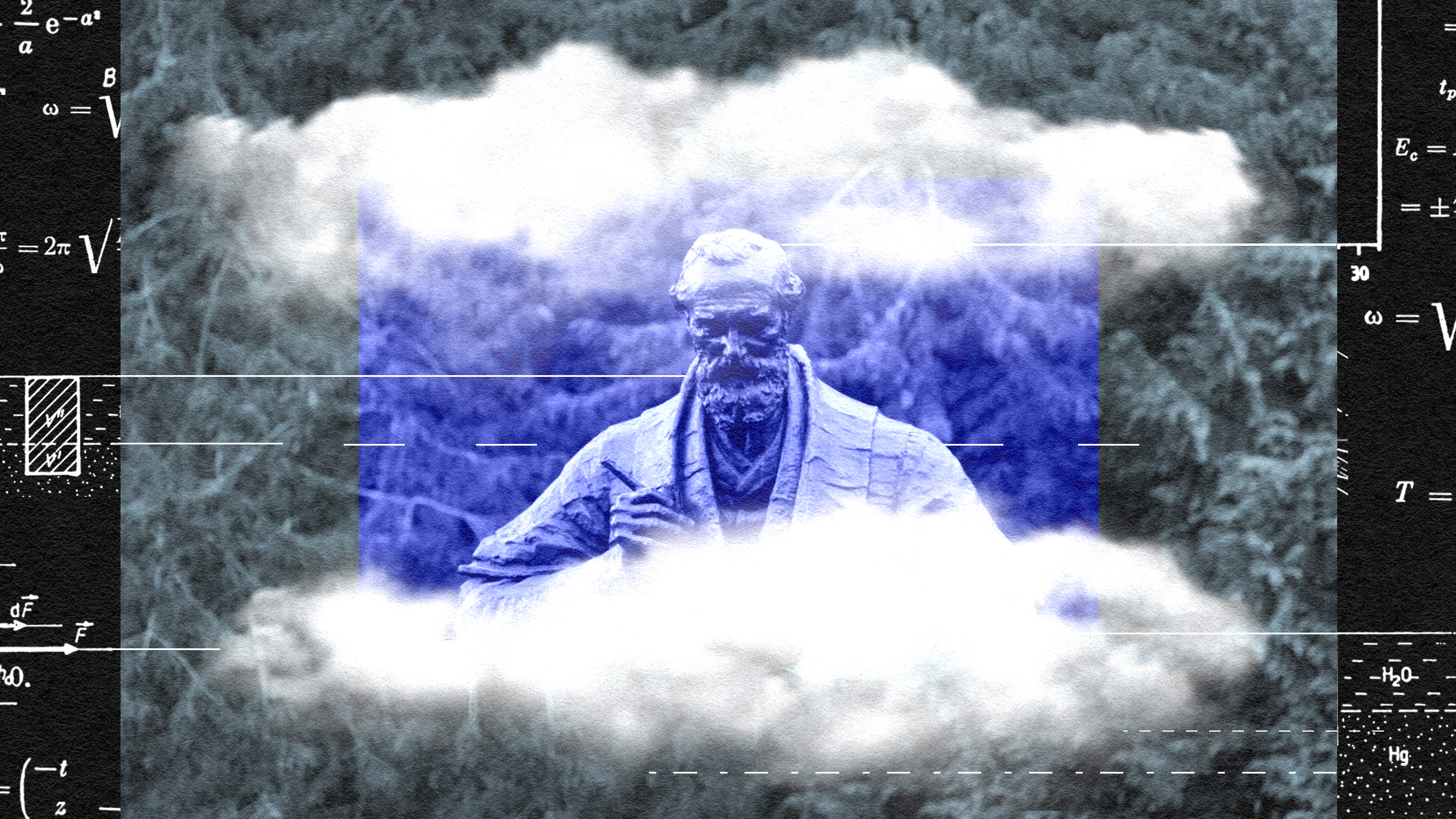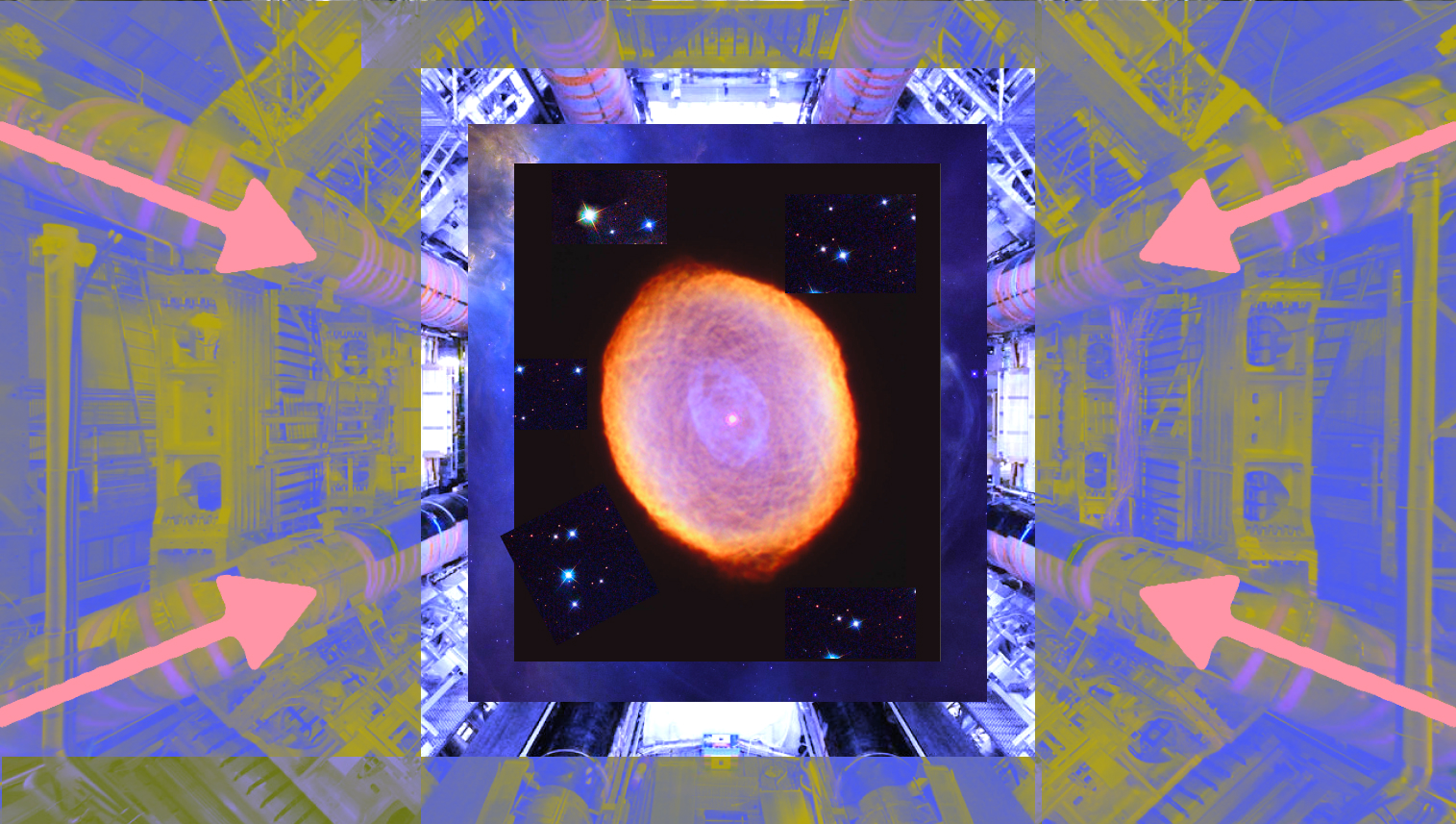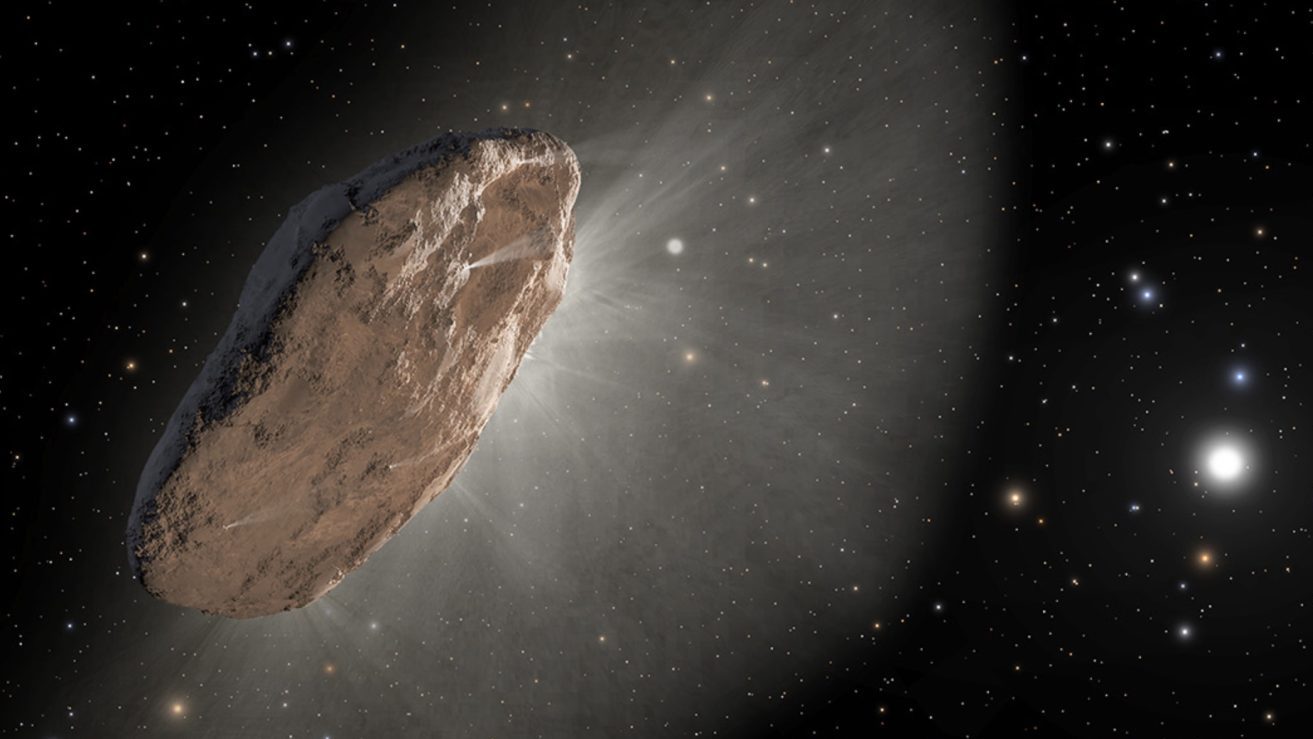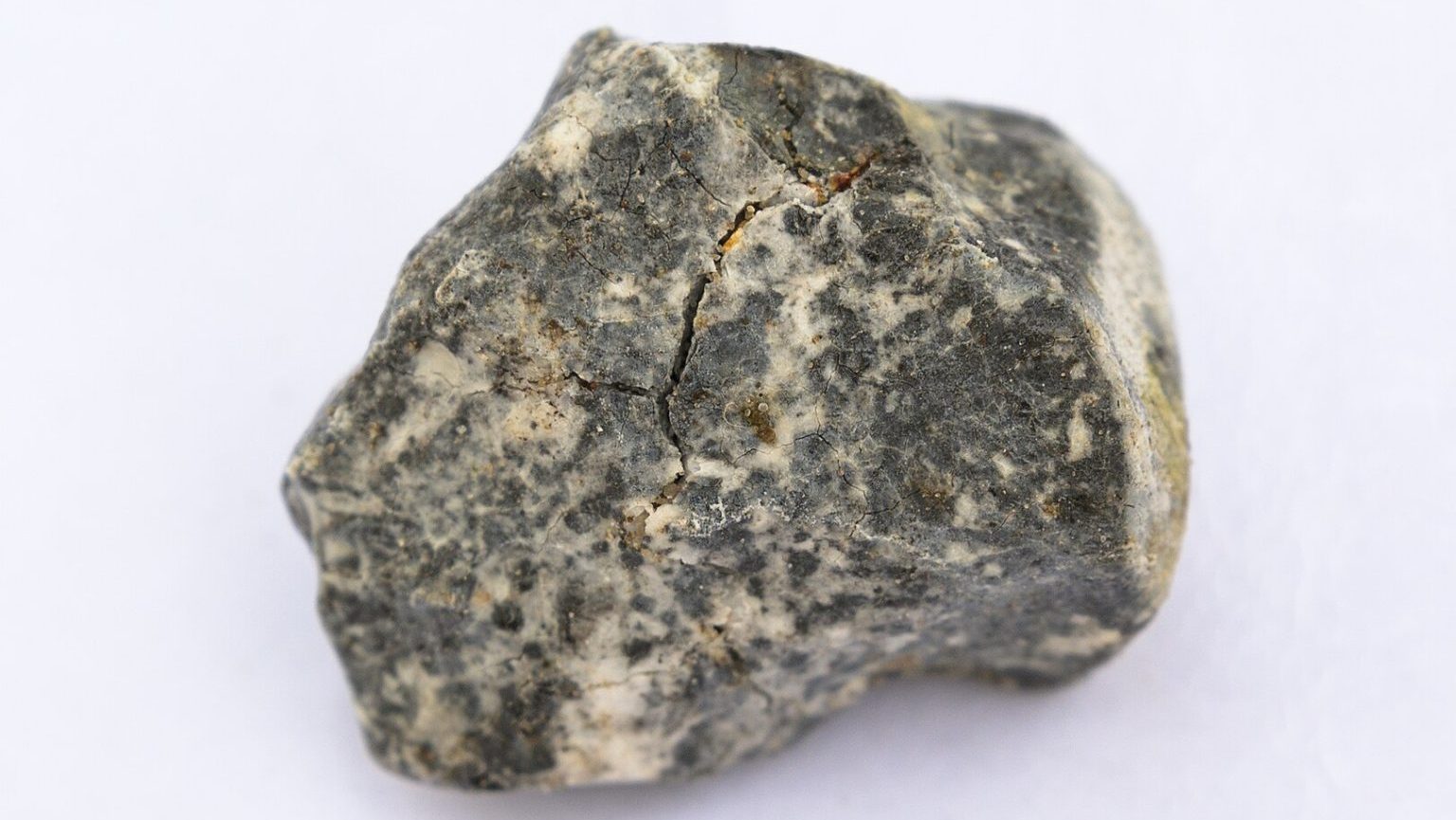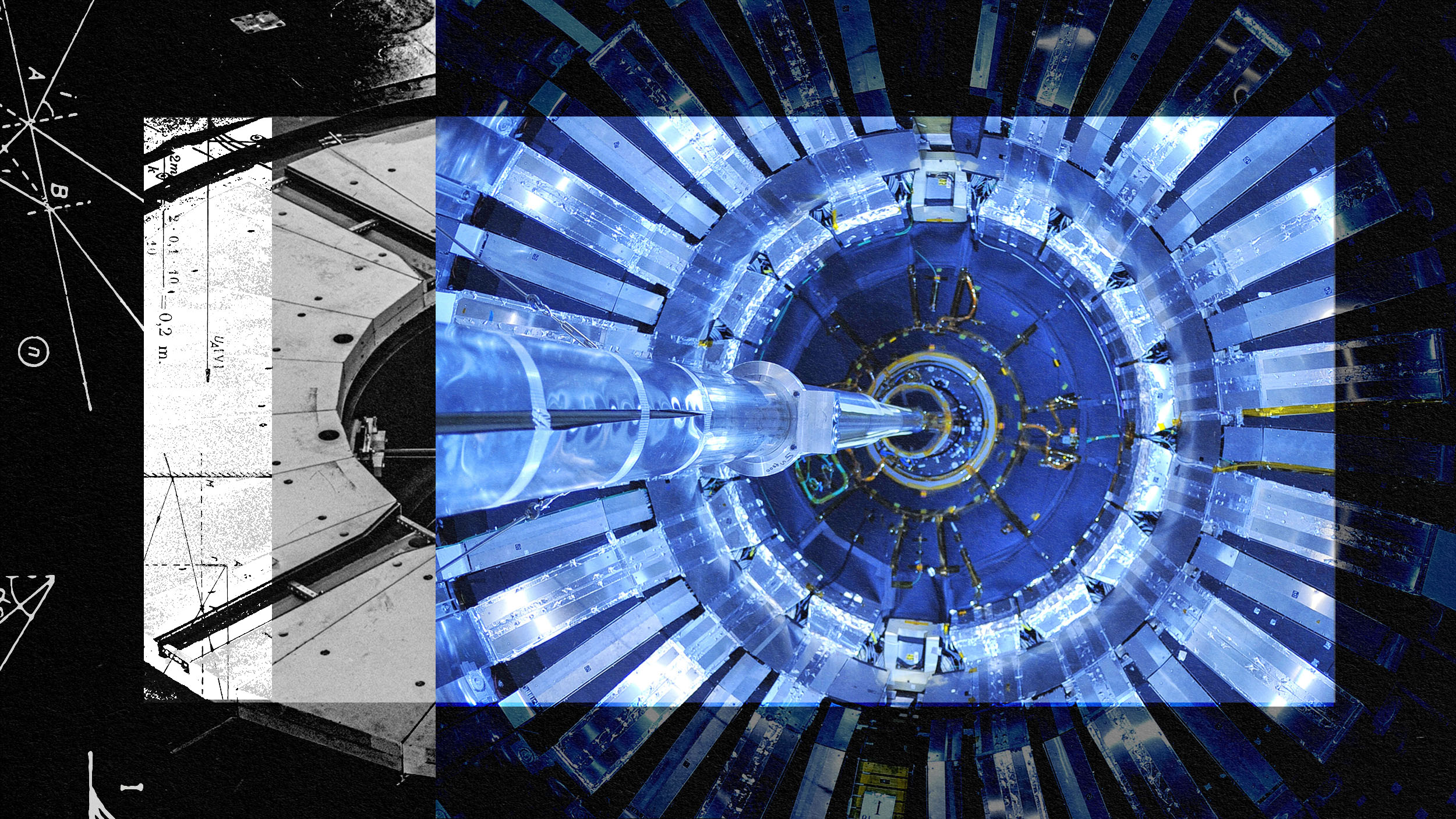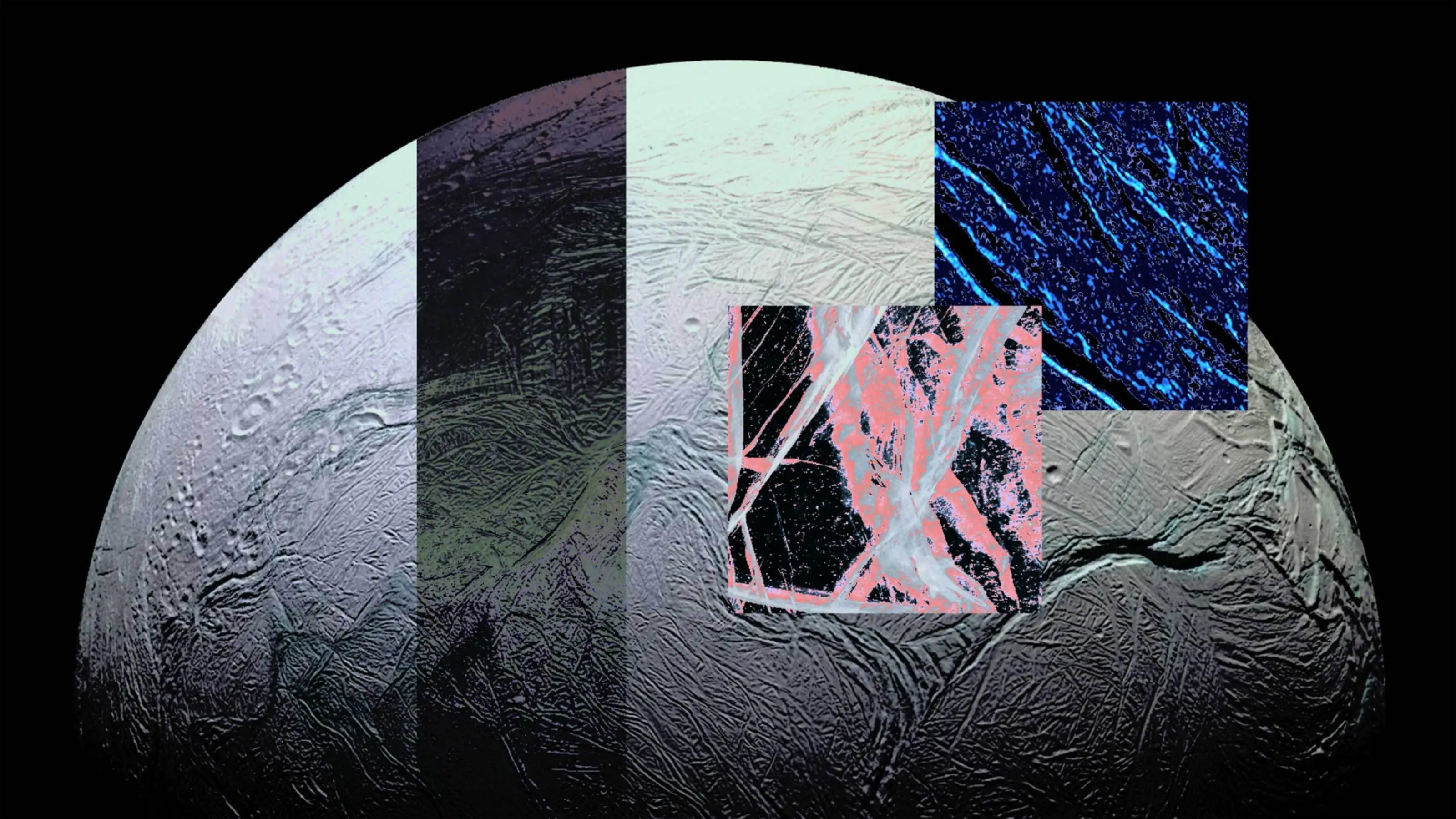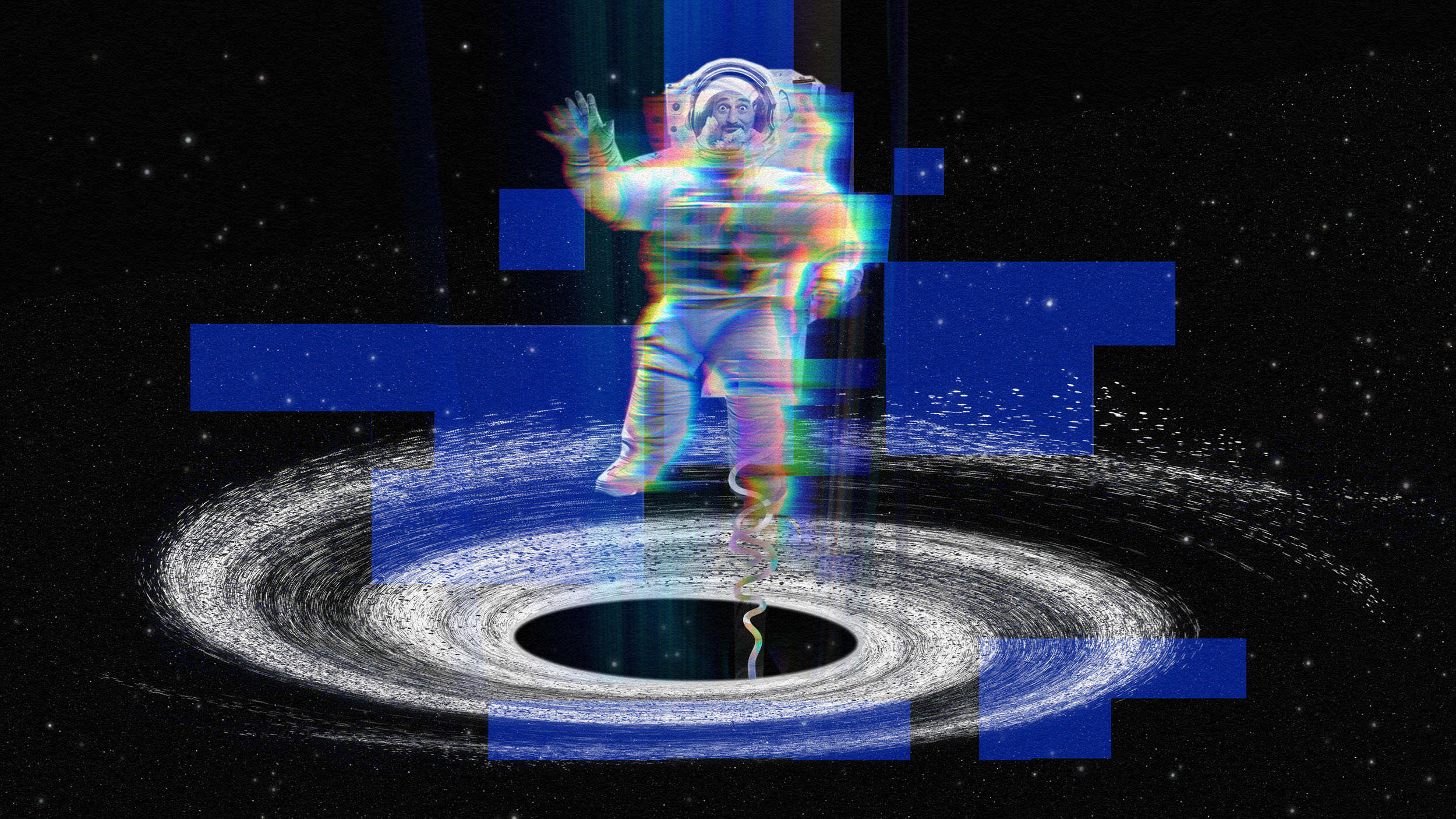Northern lights in the American South, clusters of huge geomagnetic storms—the Sun is throwing a tantrum right on schedule.
Is gravity weaker over distances of billions of light-years?
Ancient currents seemed to move in concert with a 2.4 million-year dance between the Red Planet and Earth.
The threats Mars astronauts face — and how NASA is working to solve them.
A new technique that can automatically classify phases of physical systems could help scientists investigate novel materials.
Scientists are searching for dark matter particles that are trillions or even quadrillion times lighter than the more traditional searches.
The number of planets that could support life may be far greater than previously thought, a recent discovery suggests.
IceCube scientists have detected high-energy tau neutrinos from deep space, suggesting that neutrino transformations occur not only in lab experiments but also over cosmic distances.
If the past is any guide, things are going to take off quickly.
A human hand has the power to split wooden planks and demolish concrete blocks. A trio of physicists investigated why this feat doesn’t shatter our bones.
“I hope we take a mindset where we are willing to look for weird life in weird places.”
The JWST’s observations of well-developed galaxies early in universal history may coincide with accepted astronomical theory after all.
Here’s what recent DESI measurements suggest — and why it’s too early to update conventional predictions about the Universe’s distant future.
Since 1962, humanity has been sending messages into space with the intent to make contact with intelligent extraterrestrials. Are those efforts worth the risks?
Aliens are often portrayed in popular culture as humanoid. But in reality, intelligent extraterrestrials might take far stranger forms.
Forensics has reached the final frontier, and could be used to solve future space accidents—or crimes.
Well-preserved ancient plants and other finds at the Clarkia fossil beds hint at what kind of evidence any Martian life may have left behind.
From before the Big Bang to Voyager 1, particle physicist Harry Cliff takes us on a whiz-bang tour of the Universe’s evolution.
Some physicists are besot with the multiverse, but if we can’t detect these other universes, how seriously should we take them?
Lord Kelvin is thought to have said there was nothing new to discover in physics. His real view was the opposite.
In the infant Universe, particle physics reigned supreme.
Volcanologists warn that magma-filled vents evolve over time, leading to an underestimation of the number that might erupt — especially those capable of the biggest explosions
The detection of two celestial interlopers careening through our solar system has scientists eagerly anticipating more.
Meanwhile meteorite hunters rushed to Berlin to find this most rare space rock.
Until the Apollo missions, we had no idea how the moon got here, just a series of educated guesses. They rewrote the story of the moon’s origins.
Discrepancies between observations and theory regarding subatomic particles called muons may force scientists to rethink the quantum world.
Recent measurements of CERN data seem to disagree with standard-model predictions about how the Higgs boson decays, though further analysis is needed to confirm the observations.
The DUNE project will beam tiny neutrinos across vast distances. But the first step involved moving a heavier material: 1 million tons of rock.
If there’s life lurking on the moons of Saturn and Jupiter, could our instruments even detect it?
Want to avoid getting “spaghettified” by a black hole? Steer clear of the smaller ones.
